As usual, I wandered around the Seven Mountains during the dry season. This year, the dry season is predicted to be harsh, testing human endurance. It was just after 9am, the heat was already scorching in the upper-season fields of An Cu commune (Tinh Bien town). The sound of combine harvesters still echoed here and there, mixed with the smiles of Khmer farmers when they saw the results after months of hard work.
Mr. Chau Tenl (residing in Ba Xoai hamlet, An Cu commune) said that this year's winter-spring rice price is low, but thanks to enough water and fertilizer, the yield is high. He is working hard to prepare the land, waiting for the 3/2 pumping station to supply water before starting to sow rice. Thanks to the field being close to the water trough, Chau Tenl feels secure in farming during the dry season. For many years, the 3/2 pumping station has helped many Khmer farming families not worry about hunger. With fields far from the water trough, farmers growing peanuts, sweet potatoes, etc. also have a good income during the hot, scorching months.
The life of the people of Bay Nui still takes place under the scorching sun of the dry season.
People who have lived in the Bay Nui area for most of their lives like Chau Tenl understand very well where they were born. They are used to the dry season, so they go through it calmly. For those who are not used to it, they will feel uncomfortable because the heat almost covers the whole space. But in that blazing sun, people still work hard to make a living because the living and production conditions have improved a lot compared to before. Moreover, the dry season in the Bay Nui area also has its own characteristics, not as harsh as the sun in the Central region, which only makes people suffocate.
Saying goodbye to the honest Khmer farmer, I leisurely drove along Provincial Road 949 towards Ta Lot. The road is in the final stages of completion, many places are paved with straight asphalt, looking beautiful. On both sides of the road, mango gardens are in fruiting season. For many years, farmers in Ta Lot hamlet (An Hao commune, Tinh Bien town) have still had income during the dry season thanks to garden cultivation, especially mango trees. As if understanding the expectations of the farmers, the mango trees clinging to the soil of Bay Nui are still green and full of fruit, despite the scorching sun beating down on their heads.
A corner of Nui Dai 2 Lake in the dry season
Besides the lifestyle of the people of Bay Nui, the attraction for those who love to "travel" when coming here is the majestic scenery of the mountains and hills. Because it passes through Ta Lot valley, Provincial Road 949 brings visitors from afar spectacular visual scenes. Along the long road, one is overwhelmed by the overlapping of Cam mountain and Dai mountain. In the dry season, the trees on the mountain gradually turn gray-brown, revealing the majestic, desolate slopes. However, the people's hill gardens still cover the rocky slopes with green patches, making the view more gentle.
According to the people of Ta Lot, the high hill gardens look barren, but when it rains, they will change into new clothes, bringing bumper crops. Despite the years of unpredictable weather, the people still have a good income thanks to the hill gardens, creating a unique lifestyle in the Ta Lot region.
After noon, the sun was scorching overhead. I stopped by to visit the irrigation lakes in the Ta Lot area. Here, there are two large irrigation lakes that have been invested in, Ta Lot Lake and Nui Dai 2 Lake. In the heat that permeates the space, the lakes are like mirrors reflecting the clouds and sky, soothing the feeling of "sunstroke" of visitors from afar. Standing on the shore of Nui Dai 2 Lake, you will enjoy the charming landscape of mountains and rivers. Thanks to the accumulation of "heavenly water", the irrigation lakes help farmers to still cultivate during the dry season. On the shore of the lake, there are some corn stalks blooming and green bean trellises, which are proof of the people's aspiration and efforts to use irrigation to change this land.
The closer to noon, the more intense the heat became. I continued my journey straight to Chau Lang commune (Tri Ton district). Along both sides of the road, people were plowing the land to prepare for the new crop. When I asked around, I learned that most of them plowed the land and left it exposed, and when it rained, they would start the crop. At this time, those who had the water source would plant the seeds first, creating green patches in contrast to the surrounding area. Interestingly, these days, many farmers in Chau Lang have not yet finished harvesting the winter-spring rice, creating an impressive picture of the nature of Bay Nui. If photographers saw it, there would surely be an impressive moment to satisfy their passion.
For many people, the dry season of Bay Nui is considered harsh. However, if you have the opportunity to experience this land during the dry months, you will discover many interesting things about life, about the beauty of the contrasting colors of nature to feel that An Giang is an ideal destination, worth experiencing once.
MINH QUAN
Source: https://baoangiang.com.vn/bay-nui-mua-vang-con-mua-a418008.html


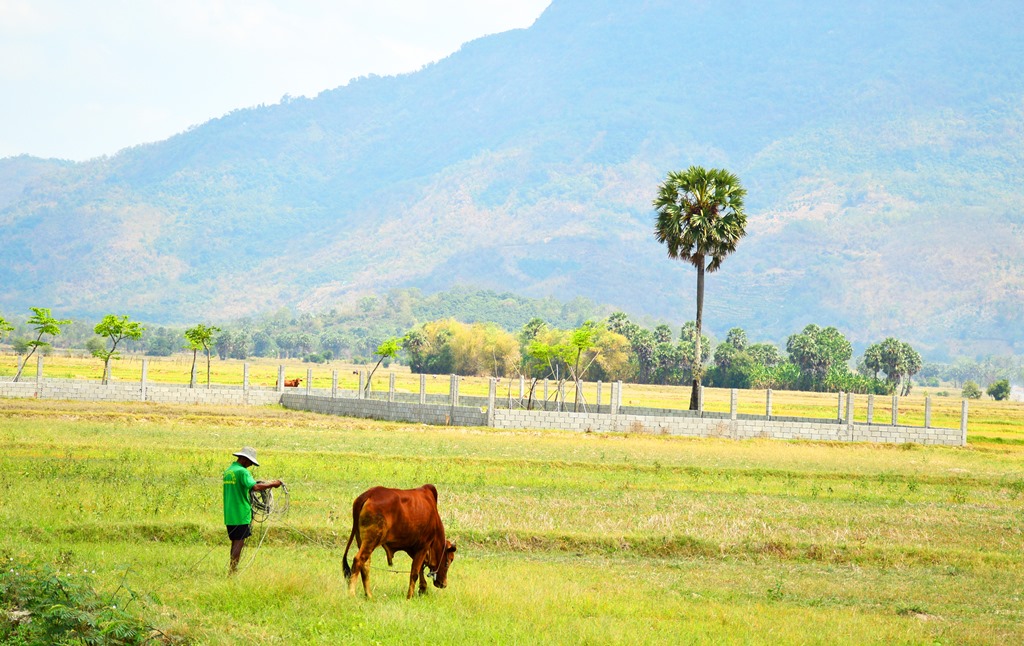



![[Photo] Prime Minister Pham Minh Chinh chairs conference to accelerate disbursement of public investment capital, deploy key projects and eliminate temporary and dilapidated houses](https://vphoto.vietnam.vn/thumb/1200x675/vietnam/resource/IMAGE/2025/6/23/fcb205e3ca19432eac326f55123308f4)
![[Photo] General Secretary To Lam works with the Party Committee of the Fatherland Front and Central organizations](https://vphoto.vietnam.vn/thumb/1200x675/vietnam/resource/IMAGE/2025/6/23/a252b388e91447ac8fabf948c00f2a21)
![[Photo] Prime Minister Pham Minh Chinh chairs national online conference on new rural construction and poverty reduction](https://vphoto.vietnam.vn/thumb/1200x675/vietnam/resource/IMAGE/2025/6/23/0d239726be21479db1ea6d8d77691a6d)
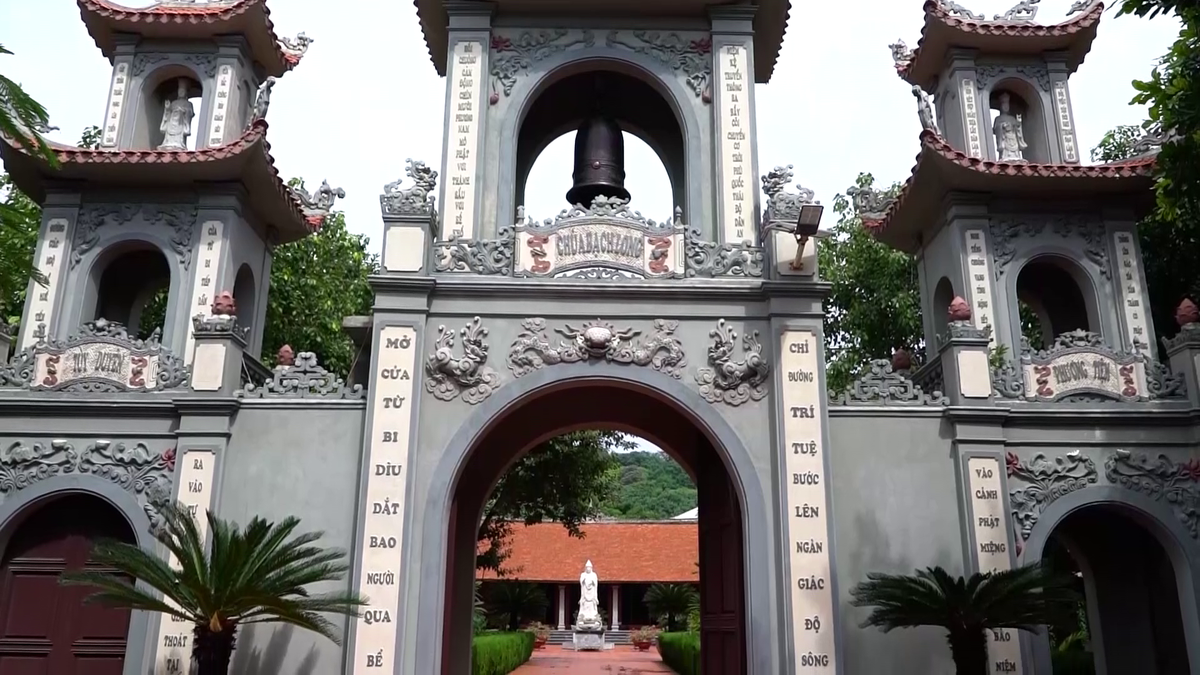
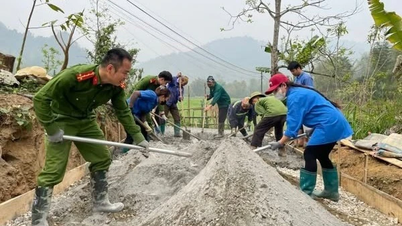

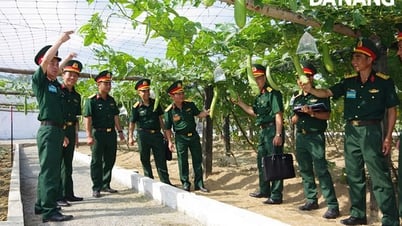

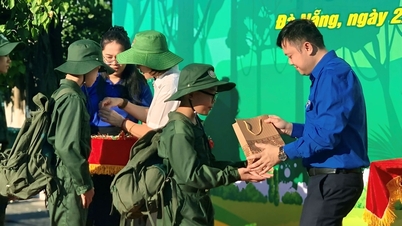













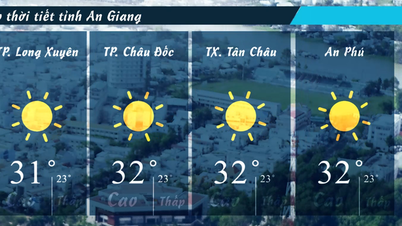
































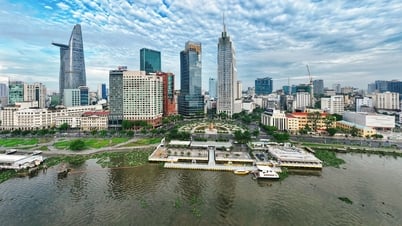














![[Infographic] Party Committee of the Ministry of Culture, Sports and Tourism: Marks of the 2020 - 2025 term](https://vphoto.vietnam.vn/thumb/402x226/vietnam/resource/IMAGE/2025/6/22/058c9f95a9a54fcab13153cddc34435e)




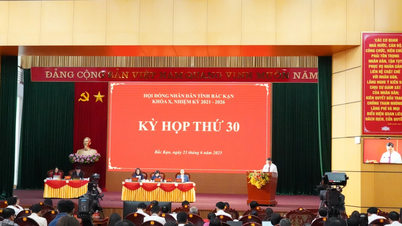

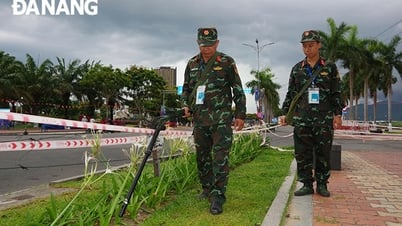









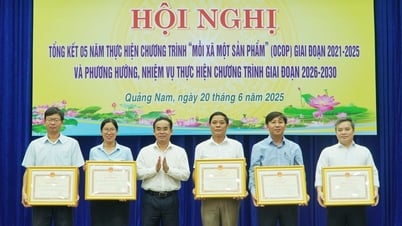



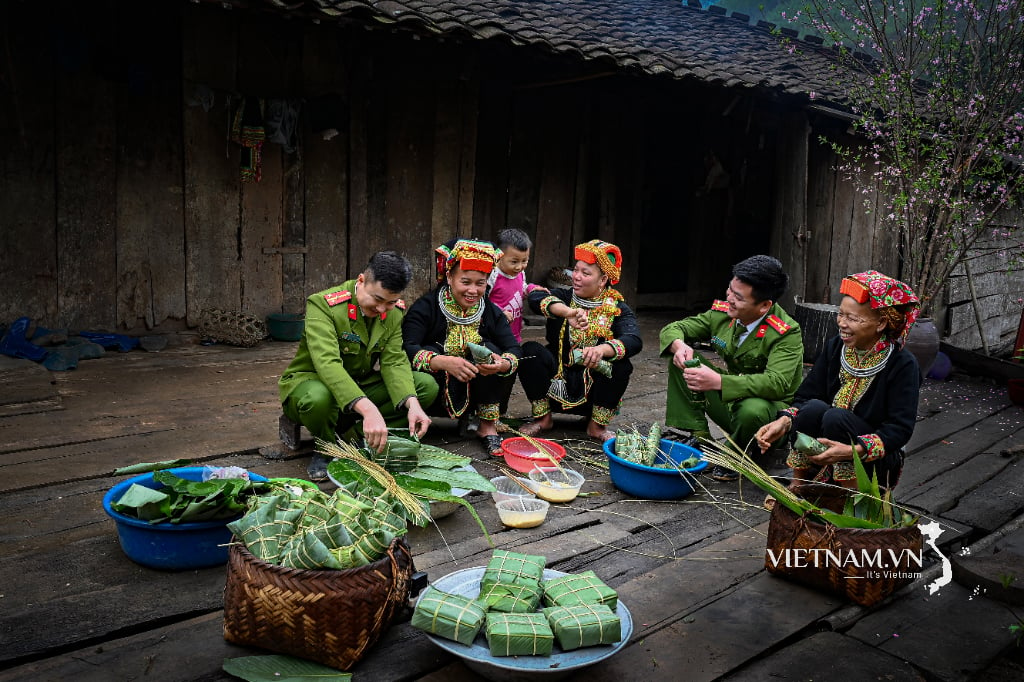

Comment (0)